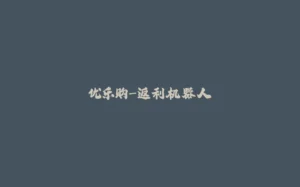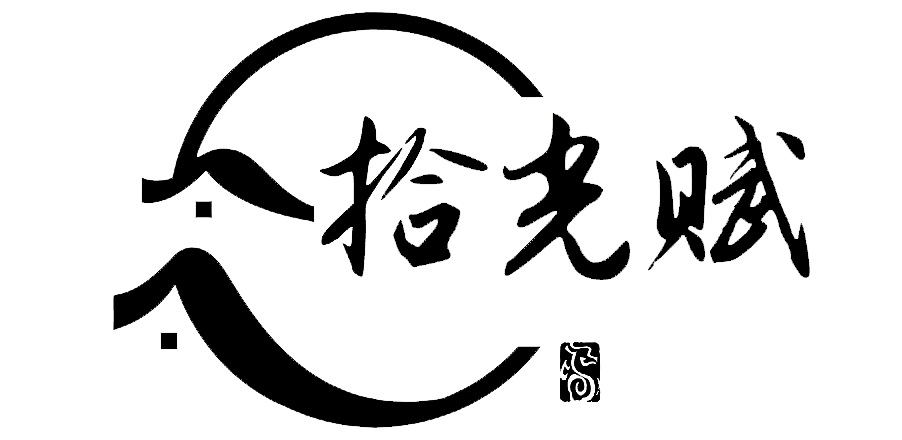Some examples of structured data in Python are lists, sets, dictionaries, etc., its main feature is store a lot of items in a single variable.
Next i will to explain it with examples.
Lists : These can store different types of data and no matter if the elements are repited. It is represented with [ ], these are mutable it means that one list can change during execution.
List_items_example = [1, 'cat', 1.23]
Enter fullscreen mode Exit fullscreen mode
if you want to get a specific item can access by index .
print(List_items_example[1])
output : cat
Enter fullscreen mode Exit fullscreen mode
Sets : These are very used for store items which are not repeated, not is possible access to an element by index, it is represented with { }, these are immutable.
set_items_example = {'one', 'two', 3}
Enter fullscreen mode Exit fullscreen mode
Dictionaries : These are different because each item is composed of one key and value, can access to a value by the key and no by index, these are mutable.
dict_items_example = {'fruit': 'apple', 'number': 33, 'char': 'Z'}
Enter fullscreen mode Exit fullscreen mode
Getting a value
print(dict_items_example['fruit'])
output : apple
Enter fullscreen mode Exit fullscreen mode













暂无评论内容